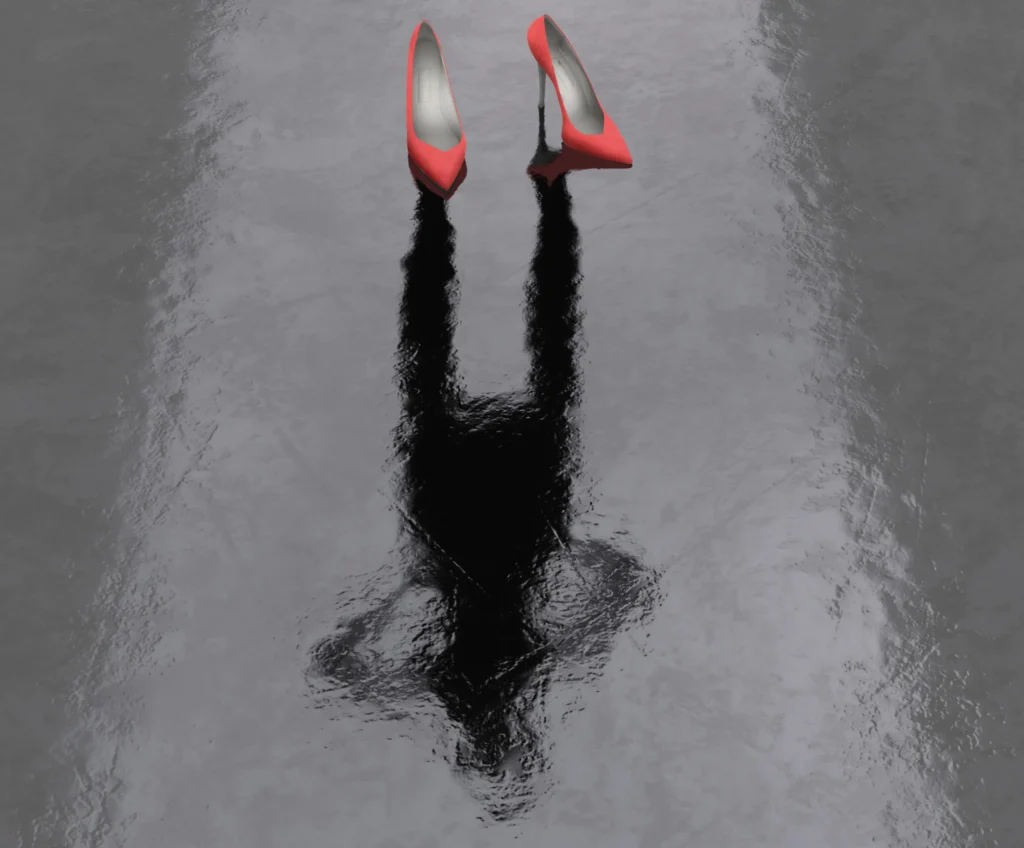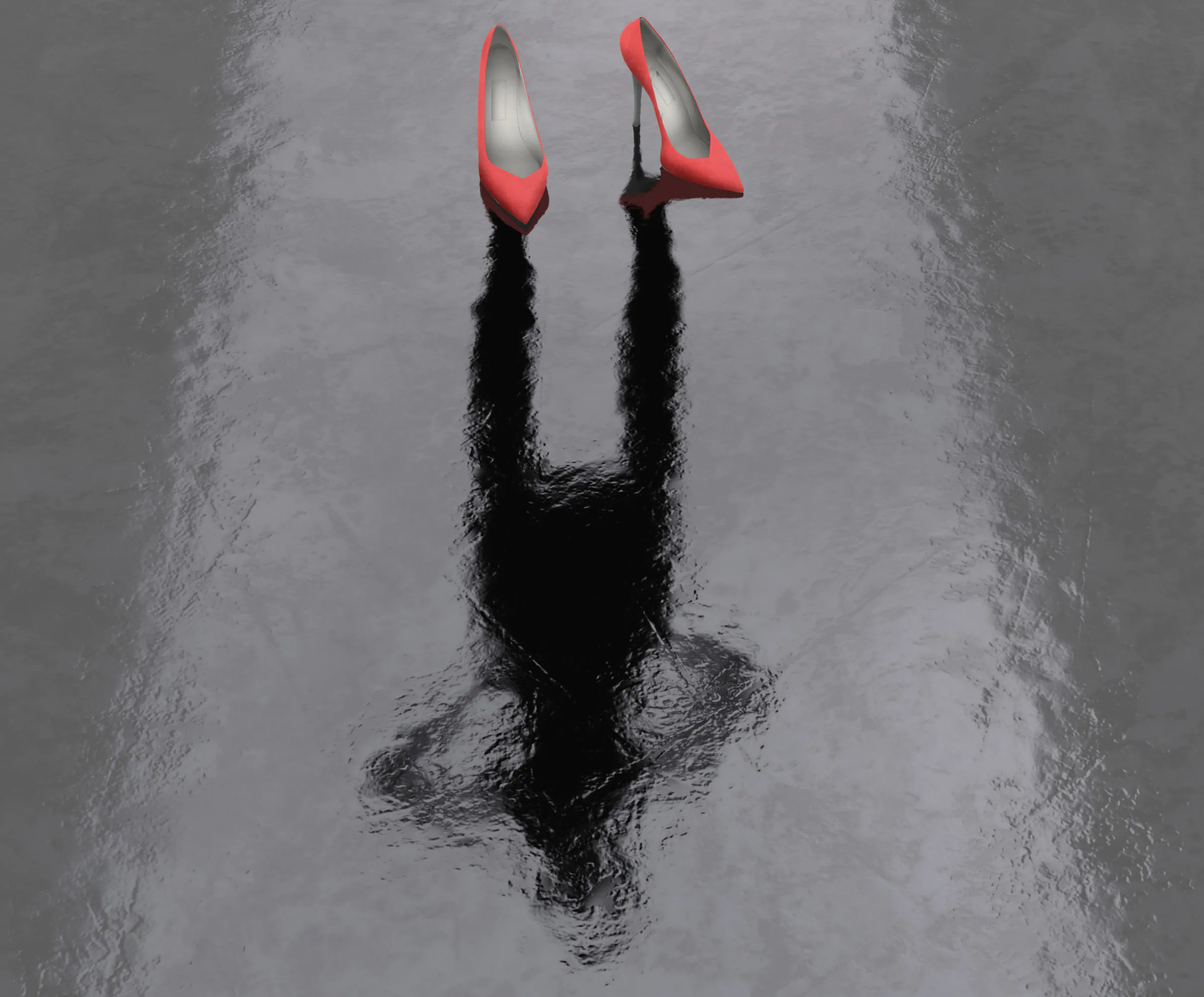
Many years ago, I attended a ladies’ luncheon with a diverse group of women of all ages. The server had taken our orders and as she stepped away every woman over the age of 50 protested – they had been overlooked. This dynamic is one that many women experience, first as we see our own mothers growing older, then as we begin to age out of the public eye and notice how we are ignored as we move through the world. The phrase “woman of a certain age” demonstrates how aging cannot be named, as though aging is somehow offensive, an ugly or vulgar curse that must be euphemised to be discussed or acknowledged.
Much of the societal pressures of womanhood center around standards of attractiveness, which often mean being thin, fit, and young. Deviating from these norms invites harsh judgment and criticism. Consider the dichotomy in how media treats female celebrities, while one is mocked for undergoing plastic surgery, another is pitied for showing signs of aging. These narratives miss a crucial point: the real transgression these women commit is daring to remain visible in the public sphere as they age.
This is where sexism intersects with ageism. If inclusion in the public sphere is contingent on youth and beauty, then aging sets a deadline on our visibility and relevance.
Women are often expected to gracefully recede into the background, embodying an unspoken rule that equates aging with a loss of public voice and presence. This societal script suggests that as women age, we are diminished and, essentially, become invisible.
Overstaying this unspoken ‘expiration date’ not only defies these expectations but also often leads to public ridicule. It’s a paradoxical scenario where the very experience and wisdom that should command respect and visibility instead become reasons for marginalization.
Regardless of gender or sex, aging is challenging for everyone. Our bodies feel as though they betray us as we lose flexibility and strength, while aches and pains become common place. However, for women in a culture that prioritizes beauty and youth over substance, aging can feel like an assault on our very identity. With few media representations of older women, and a tendency to be both overworked and overlooked in professional and personal spheres, our confidence and self-esteem suffer. This is particularly true for those who have heavily invested in societal beauty standards without diversifying their interests and pursuits.
Remaining visible and active participants in the world around us becomes a vital practice for us as we age, and below are some tools to help us do so.
Community
To navigate the challenges of aging, it is essential for women to cultivate a supportive community. Engaging with diverse groups that welcome women of all ages not only fosters a sense of belonging but also provides a platform for validation and mutual support. These communities offer rich opportunities for mentorship, where older women can pass on our wisdom and guidance to younger generations. By sharing our experiences and insights, we not only enrich the lives of younger women but also reinforce our own sense of purpose and value. These communal spaces can be found in a variety of settings, including book clubs, knitting circles, volunteer organizations, or online forums centered around shared interests.
The act of mentoring is a powerful tool for combating invisibility. It allows us to remain actively engaged and visible, serving as role models who defy ageist stereotypes. In these interactions, younger women benefit from our guidance and the wisdom that only years of lived experience can provide. This exchange of knowledge and experience is mutually beneficial, strengthening intergenerational bonds and creating a more inclusive and understanding community. As older women embrace the role of mentors, we not only contribute to the growth of others but also affirm our own relevance and enduring impact in a society that too often overlooks us.
Creativity, Learning, & Physical Fitness
Engaging in creative pursuits and continuous learning can reignite a sense of purpose and fulfillment. Whether it’s exploring a new artistic medium, reviving a long-forgotten passion, or dedicating time to a rewarding project, creative expression serves as a powerful reminder of our capabilities and intrinsic value. These activities not only nourish our sense of self but also provide stimulating challenges and goals, reinforcing our sense of competence and achievement.
Simultaneously, maintaining physical activity is of paramount importance. Engaging in activities like yoga, walking, or dance offers dual benefits, they keep us physically fit while also nurturing our mental health. Moreover, participating in group classes or activities offers an invaluable opportunity to stay socially connected, fostering relationships and a sense of community. This combination of creative expression, continuous learning, and physical activity forms a holistic approach to aging, where each element contributes to an enriched, fulfilling lifestyle.
Professional Help
Psychotherapy can also be a valuable tool in dealing with the psychological impact of aging. A therapist can help in addressing issues of self-esteem, identity, and the emotional toll of feeling invisible. Therapy provides a safe space to explore these feelings and develop strategies to maintain a positive self-image.
Psychotherapy can be an invaluable resource in navigating the psychological challenges that come with aging, especially for women who may feel increasingly invisible in society. Professional guidance can be instrumental in unpacking the complex emotions that accompany this phase of life. Therapists, with their expertise in human behavior and emotional health, offer more than just a listening ear; they provide a framework for understanding and coping with the changes that aging brings.
In therapy, we can explore issues related to aging such as grief over lost youth, changes in familial and social roles, and the reevaluation of life achievements. A therapist can assist in recognizing and dismantling the internalized societal messages that equate youth and beauty with value, helping to rebuild a sense of self that is rooted in the present and future, rather than the past. This process often involves developing new coping strategies for dealing with ageism and rediscovering personal strengths and abilities that remain constant or even grow with age.
Moreover, therapy can also focus on building resilience and finding new sources of fulfillment and meaning in this stage of life. By addressing the psychological impact of aging in a supportive and understanding environment, psychotherapy not only helps in maintaining a positive self-image but also empowers women to redefine what aging means to us. It encourages a shift from viewing aging as a loss to seeing it as an opportunity for growth, reflection, and the embrace of a more authentic self.
Advocacy
And, finally, in the face of these challenges, it becomes increasingly important to celebrate our achievements and engage in advocacy. Recognizing and honoring our accomplishments, no matter the scale, reinforces our sense of self-worth and counters the internalized societal inclination to undervalue the contributions of older women. Celebrating milestones, both personal and professional, serves as a powerful reminder of our ongoing relevance and impact.
Furthermore, advocacy plays a crucial role. When we stand up against ageism and push for a broader and more inclusive portrayal of aging in society, we empower not just ourselves but also set a progressive path for the generations to follow. This advocacy can take many forms, from participating in community discussions and social media campaigns, or advocating policies that promote age diversity, as well as advocating for ourselves in our personal and professional lives. Such actions disrupt the prevailing narrative that links aging with a loss of visibility, thereby cementing our position as active and respected contributors to society. By contributing to these conversations we can remain visible and become the role-model we may have never had.
Ultimately, the most important factor in navigating aging is to cultivate a mindset that values personal growth, connection, and well-being over conforming to societal standards of beauty and youth. Embracing and accepting aging as a natural and enriching phase of life can transform the way we perceive ourselves and how we engage with the world around us. And while some may continue to see through us, we can find that our value and joy come not from external validation but from the richness of our own life experiences and the wisdom we have to share.

